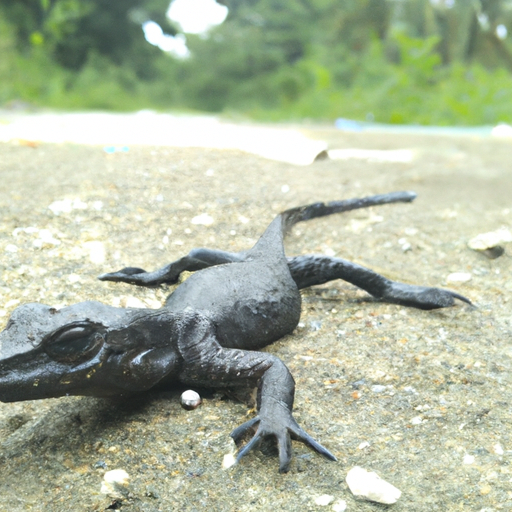 Introduction:
Introduction:
In the vast kingdom of animals, there exists an intriguing group that is distinctly different from the warm-blooded creatures we are familiar with. Cold-blooded animals, also known as ectotherms, are a diverse group of organisms that rely on external sources to regulate their body temperature. In this comprehensive article, we will explore the various habitats where cold-blooded animals thrive, revealing their unique adaptations and highlighting some remarkable species found in each ecosystem.
1. Aquatic Environments:
a. Freshwater: Cold-blooded animals are abundant in freshwater habitats such as lakes, rivers, and ponds. Here, they benefit from the stable temperatures provided by the surrounding water. Fish, including trout, bass, and catfish, are prime examples of cold-blooded creatures that inhabit these aquatic environments.
b. Marine: Oceans and seas harbor a wide range of cold-blooded animals. From the tiny seahorse to the mighty great white shark, marine ecosystems are teeming with life. Reptiles like sea turtles and marine iguanas, as well as various fish species like tuna and herring, are all part of this captivating realm.
2. Terrestrial Environments:
a. Tropical Rainforests: Within the lush canopies and dense undergrowth of tropical rainforests, cold-blooded animals find a myriad of opportunities to thrive. Amphibians like tree frogs and poison dart frogs, as well as reptiles like chameleons and snakes, are highly diverse and adapted to the warm and humid conditions prevalent in these regions.
b. Deserts: In stark contrast to rainforests, deserts pose unique challenges for cold-blooded animals. However, many species have evolved remarkable adaptations to survive extreme temperatures. Desert-dwelling reptiles like the Gila monster and various species of lizards, as well as arthropods like scorpions and beetles, demonstrate exceptional resilience and efficiency in conserving water and tolerating extreme heat.
c. Grasslands and Savannas: These vast expanses of open terrain offer a multitude of niches for cold-blooded animals. From grazing reptiles like tortoises and iguanas to predators such as crocodiles and monitor lizards, grasslands and savannas are home to a diverse array of species, each adapting to the specific environmental conditions they encounter.
d. Temperate Forests: Cold-blooded animals in temperate forests experience dramatic seasonal changes in temperature. Reptiles like snakes and turtles, as well as amphibians like salamanders and newts, rely on hibernation, burrowing, and other strategies to survive the harsh winters and flourish during the milder seasons.
3. Underground and Arboreal Habitats:
a. Underground: Cold-blooded animals have successfully adapted to subterranean environments, such as caves and burrows. Cave-dwelling creatures like blind cavefish and various species of amphibians, including olms and caecilians, have evolved unique sensory adaptations in the absence of light. Additionally, burrowing reptiles like sand boas and blind snakes showcase remarkable adaptations to life below ground.
b. Arboreal: Many cold-blooded animals have embraced an arboreal lifestyle, inhabiting trees and soaring through the lush canopies. Tree-dwelling reptiles, such as chameleons and geckos, are known for their extraordinary camouflage and gripping capabilities. Amphibians like tree frogs and some species of snakes also thrive in this niche, showcasing their ability to navigate the complex vertical world of treetops.
Conclusion:
Cold-blooded animals have successfully colonized a wide range of habitats across the globe, each presenting its own set of challenges and opportunities. From the depths of the oceans to the arid deserts, these fascinating creatures have evolved unique adaptations to survive and thrive in their respective environments. By understanding and appreciating the diversity of cold-blooded animals and their habitats, we gain a deeper insight into the intricate web of life on our planet.
